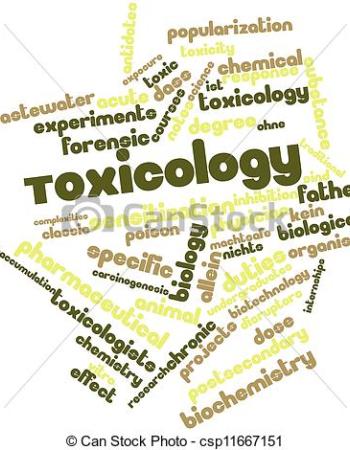131-Abandoned agriculture soil can be recultivated by promoting biological phosphorus fertility when amended with nano-rock phosphate and suitable bacterial inoculant
https://pubmed.ncbi.nlm.nih.gov/35278995/
In semi-arid regions, post-restoration vegetation recovery on abandoned agricultural lands often fails due to inherently low organic matter content and poor soil fertility conditions, including phosphorus (P). As such, amending these soils with controlled release P fertilizer, especially with suitable P solubilizing bacteria (PSB) may promote plant growth and productivity by stimulating biological P fertility. To this aim, a pot study was performed to evaluate the agronomic potential of maize and soil biological P pools, using encapsulated (ENRP) and non-encapsulated (NRP) nano-rock phosphate as the P fertilizer source, on reclaimed agricultural soil in the presence and absence of PSB inoculant. The experiment was setup following a 3 × 2 factorial arrangement with four replicates. Without PSB, NRP treatment showed marginal positive effects on plant growth, P nutrition and P use efficiency (PUE) compared to control treatment. Although larger gains with NRP treatment were more noticeable under PSB inoculation, ENRP was the most convenient slow-release P fertilizer, increasing plant growth, P nutrition and grain yield compared to all treatments. Importantly, PSB inoculation with ENRP resulted in significantly higher increase in soil CaCl2-P (8.91 mg P kg soil-1), citrate-P (26.98 mg P kg soil-1), enzyme-P (18.98 mg P kg soil-1), resin-P (11.41 mg P kg soil-1), and microbial-P (18.94 mg P kg soil-1), when compared to all treatment combinations. Although a decrease in soil HCl-P content was observed with both types of P fertilizer, significant differences were found only with PSB inoculation. A significant increase in soil biological P pools could be due to the higher specific area and crystalline structure of nano materials, providing increased number of active sites for PSB activity in the presence of biobased encapsulated shell. Furthermore, the increase in PSB abundance, higher root carboxylate secretions, and decreased rhizosphere pH in response to nano-structured P fertilizer, implies greater extension of rhizosphere promoting greater P mobilization and/or solubilization, particularly under PSB inoculated conditions. We conclude that cropping potential of abandoned agricultural lands can be enhanced by the use of nano-rock phosphate in combination with PSB

Herein, a simple hydrothermal approach was used to make multiplex heteroatoms doped carbon dots from Tinospora cordifolia miers plant extract. Their ability to the catalytic activity of dyes and…

Recent research is focused on biomass-derived porous carbon materials for energy harvesting (hydrogen evolution reaction) because of their cost-effective synthesis, enriched with heteroatoms,…

The production of biofuels from crop biomass is now seen as a practical renewable energy alternative, reducing overdependence on fossil fuels and limiting global warming from greenhouse gases.

